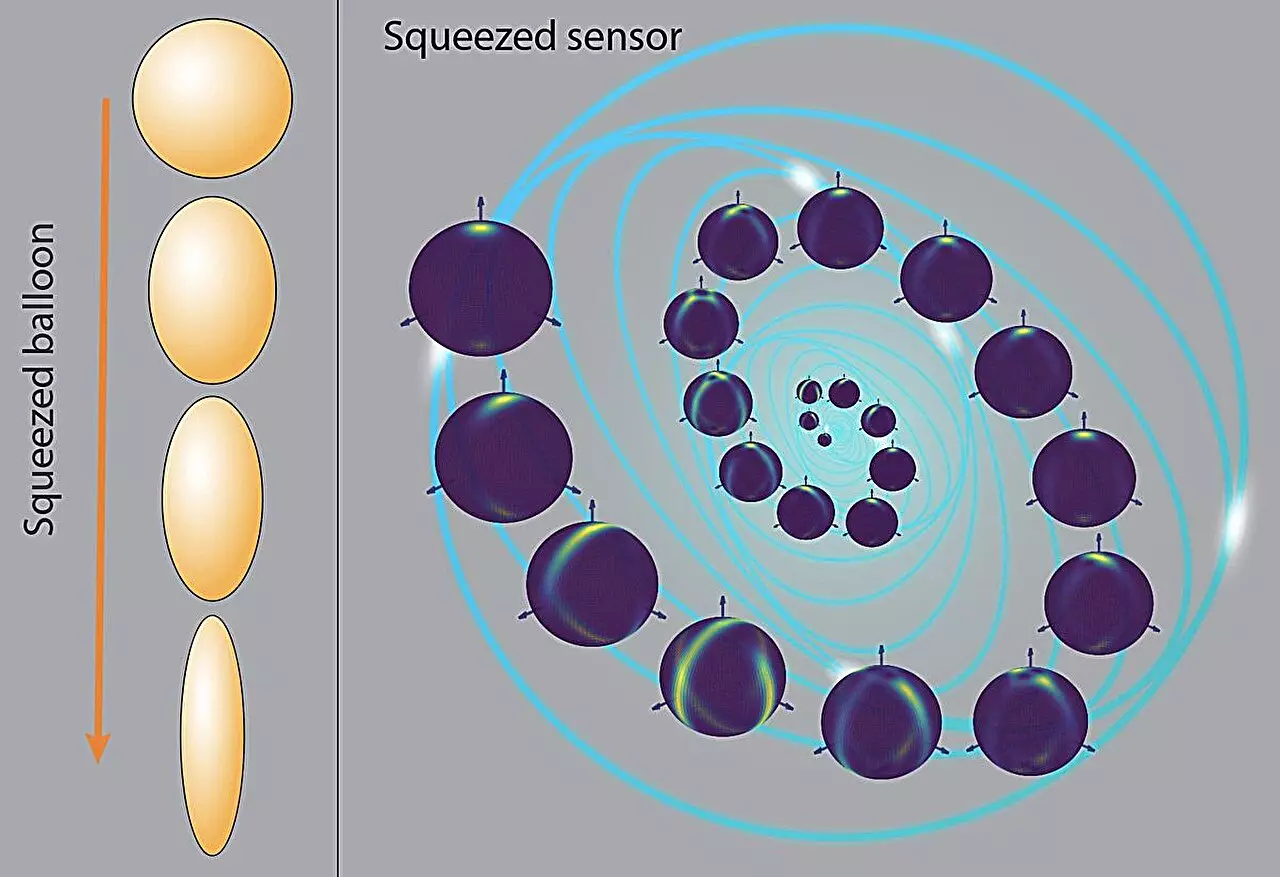Quantum mechanics is renowned for its puzzling behaviors and principles that challenge our intuitive understanding of the physical world. Among its many intriguing concepts, quantum squeezing stands out as a means to manipulate uncertainty in measurements. This process represents not just a theoretical construct, but a practical tool in advancing various technologies, from atomic clocks to medical imaging. In this article, we will dissect the principles of quantum squeezing, its implications for measurement precision, and its potential to revolutionize quantum technology.
Quantum squeezing fundamentally redefines our perception of uncertainty within physical systems. In the realm of conventional physics, the Heisenberg uncertainty principle establishes a limit on how precisely we can know a pair of physical properties, such as position and momentum, simultaneously. Quantum squeezing, however, suggests that by redistributing uncertainty, one can enhance the precision of measurements for one property at the expense of the other.
To visualize this phenomenon, consider the analogy of squeezing a balloon: when elongated in one direction, another dimension is inevitably compressed. In quantum systems, the trade-off manifests as a reduction in uncertainty in one observable—namely, position—while the uncertainty in momentum increases correspondingly. This nuanced trade-off allows researchers and technologists to obtain significantly more accurate measurements of a desired quantity without violating the overarching aspects of uncertainty that govern quantum behavior.
The practical applications of quantum squeezing are substantial and span many fields. One prominent example is the enhancement of atomic clocks, which rely on extremely precise measurements of time. By employing squeezed states of light, researchers have been able to boost the accuracy of timekeeping devices, a necessity in today’s highly coordinated world where technologies like Global Positioning Systems (GPS) depend on precise timing.
However, the full potential of quantum squeezing remains largely untapped, particularly in scenarios requiring the simultaneous measurement of multiple variables. This limitation arises from the cumulative complexity associated with measuring the interplay of various properties in quantum systems. In many instances, prior studies have struggled to demonstrate ideal conditions for achieving maximum precision in real-world applications, where entanglement—a key component for maximizing measurement resolution—is often compromised.
A new study led by Dr. Le Bin Ho from Tohoku University offers groundbreaking insights into the application of quantum squeezing in complex measurement scenarios. Published in Physical Review Research, the research delves into the interaction between a three-dimensional magnetic field and identical two-level quantum systems. Through theoretical and numerical analyses, the study identifies potential mechanisms to enhance measurement precision in multifaceted quantum systems.
Dr. Ho emphasizes, “Our research aims to refine the understanding of quantum squeezing in intricate measurement contexts that involve estimating multiple phases.” This exploration not only deepens scientific discourse but may also facilitate technological breakthroughs in quantum sensing and imaging.
By improving the accuracy of measurements for several variables, researchers stand to advance a variety of technologies. Innovations in quantum imaging could yield high-resolution visualizations, while enhanced radar systems may achieve unrivaled object detection capabilities. In the realm of biophysics, advancements in methodologies like MRI could arise from the application of quantum squeezing, amplifying the sensitivity of biosensors and driving forward disease diagnostics.
As the research community continues to unravel the complexities of quantum squeezing, Dr. Ho’s team also hopes to probe how this mechanism functions in the presence of different types of noise, which can significantly impact measurement accuracy. Understanding and mitigating noise interference will be critical in enhancing the viability of squeezed states in practical applications.
The journey of quantum squeezing is only just beginning. As the field pushes forward, it promises to redefine what is technologically attainable in measurement and sensing, establishing new benchmarks for accuracy across numerous disciplines. By illuminating the mechanisms behind quantum squeezing and its implications for technology, researchers are on the brink of significant advancements poised to reshape our interaction with the quantum realm.


Leave a Reply